Imagine gliding silently over still, murky water as the hushed outlines of ghostly shipwrecks rise around you. The air tastes slightly briny, rich with the scent of marsh and oak. There’s no loud motor, no crowd – you, your kayak, and the echoes of a forgotten fleet. Tucked away in southern Maryland lies an unexpected marvel: a watery graveyard of over 200 World War I-era vessels, where history and nature intertwine in the most hauntingly beautiful way. You’re not just visiting Mallows Bay – you’re slipping into a living time capsule.
Why Mallows Bay Stirs The Imagination

Mallows Bay isn’t just a cool spot for kayaking – it’s the largest shipwreck fleet in the Western Hemisphere. It’s rare, surreal, and surprisingly poetic. Where else can you find decaying battleships turned into thriving wildlife sanctuaries? The blend of military history, quiet natural beauty, and eerie stillness gives this place a subtle but magnetic pull.
Hidden Along The Potomac: Mallows Bay Unveiled
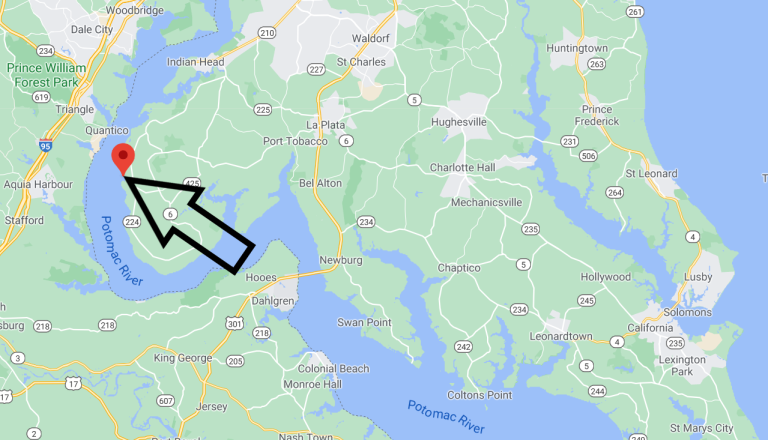
Nestled quietly in Charles County along the winding Potomac River, Mallows Bay doesn’t boast flashy signs or crowded parking lots. You could drive right past it without realizing what secrets lie offshore. But just beyond the trees and driftwood banks, a sprawling aquatic cemetery waits – one of the most unusual and mysterious paddle destinations on the East Coast.
A War’s Leftovers: How The Fleet Came To Rest

These aren’t ancient pirate ships or luxury liners lost in storms. Most of Mallows Bay’s wooden steamships were hastily built for World War I, part of a wartime push for survival at sea. But peace arrived faster than the boats could be deployed. Outdated the moment they floated, the vessels were sold, stripped, and ultimately scuttled here – burned, sunk, and forgotten. Now, nature reclaims them, draping their charred skeletons in moss and memory.
Skeletons In The Water: A Ghost Fleet Revealed
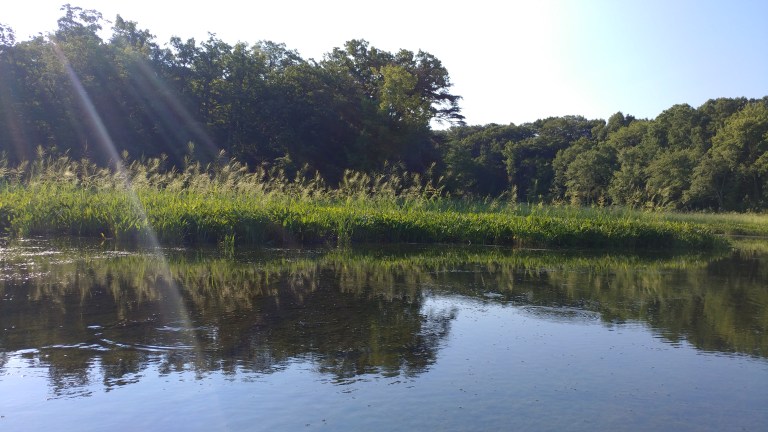
At first glance, the bay looks serene, even unremarkable. But as your kayak drifts further from shore, long shadows begin to form in the water. Shapes emerge – scarred hulls, splintered frames, rust-stained ribs of ships that refuse to disappear. Mallows Bay holds the remains of over 200 ships, their bones preserved in the calm shallows like a half-sunken museum with no walls.
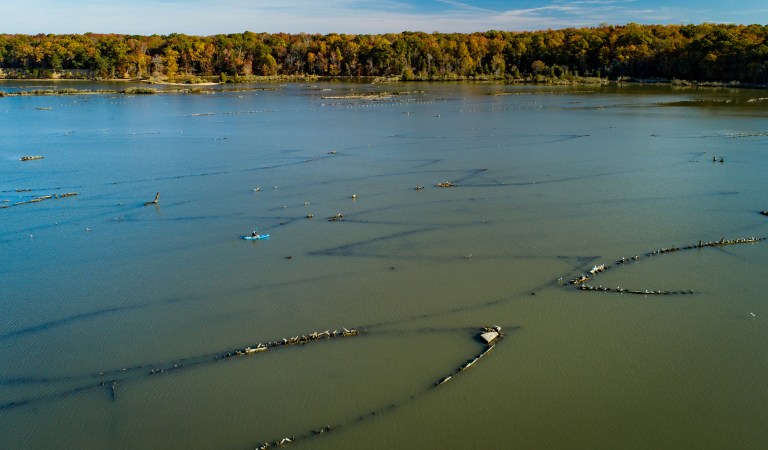
Sunken And Surface: A Split View Of The Wreckage
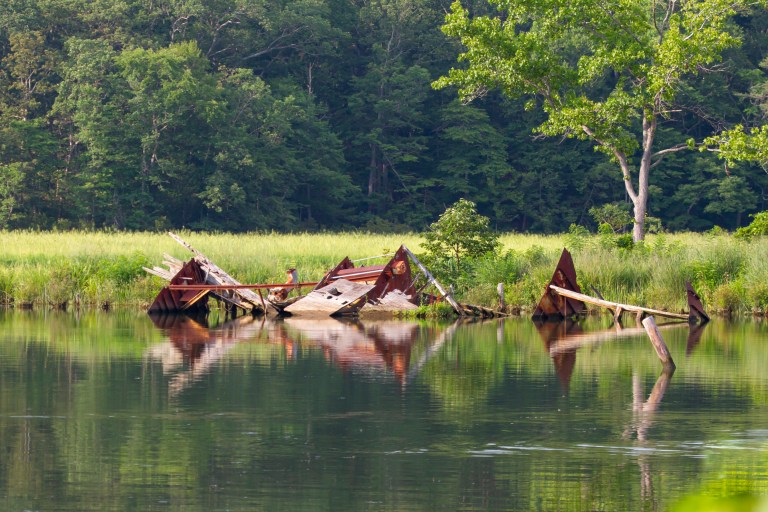
Much of the ghost fleet rests below, visible through the water on clear days like eerie shadows frozen in time. But not all stay submerged. Some vessels break the waterline – weathered ribs jutting out like the spines of sleeping beasts. In the right light, they cast long, gnarled reflections across the surface, evoking both awe and curiosity.

Getting Personal With The Wrecks
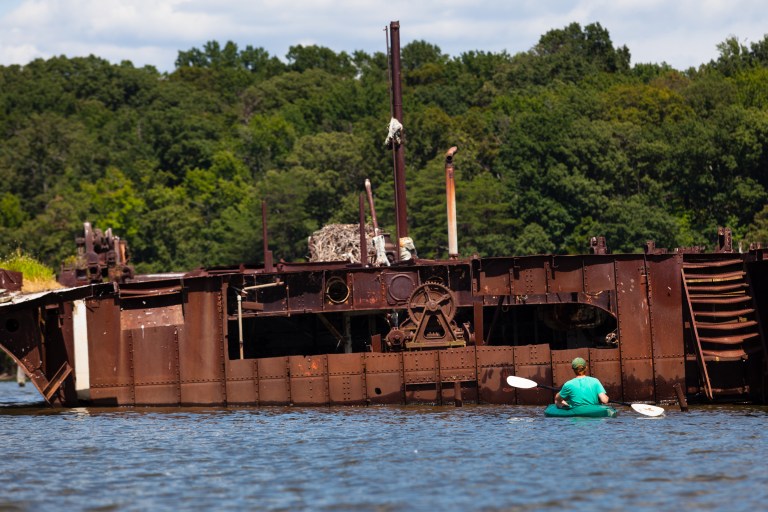
Steering close, you’ll notice the haunting beauty in the details – iron bolts now cloaked in copper-green corrosion, jagged wooden slats softened by lichen and time. Some wrecks are so shallow you can reach out and touch their weather-beaten flanks. It’s easy to forget these were once war machines as you sit in stillness, listening to the breeze whisper through rusted beams.
Paddling Through History’s Embrace
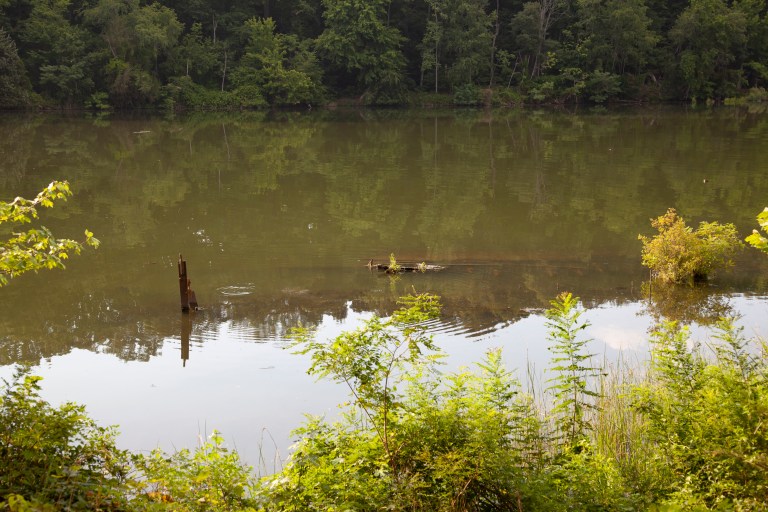
Today, the best way to explore this unusual place is by kayak or canoe. You float quietly through narrow breaks between wrecks, the water dappled with light filtering through overhanging branches. Beneath the surface, fish dart through rusting beams while ospreys circle overhead. It’s a strangely peaceful experience, where decay tells a story and stillness feels profound.
One For The Bucket List
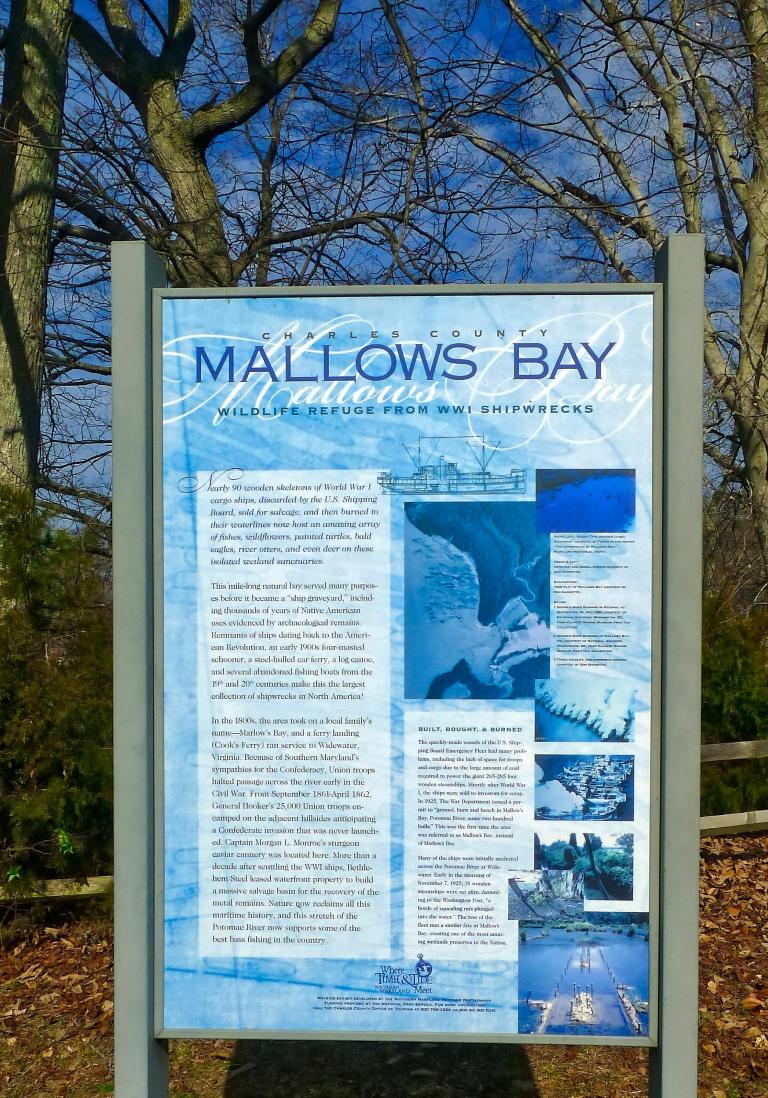
More than just a kayaking trip, a paddle through Mallows Bay is a step into a forgotten world. Wrecks turned to reefs. Steel softened by silence. It’s history you don’t just learn about – you float right through it, one ripple at a time.

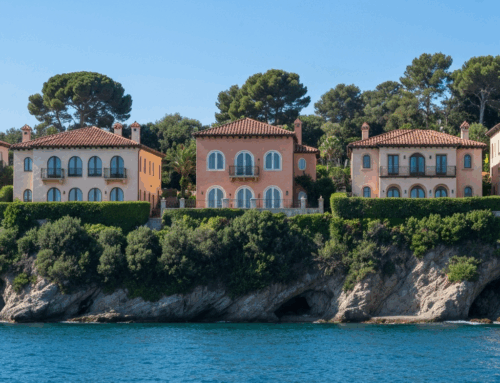



Leave A Comment